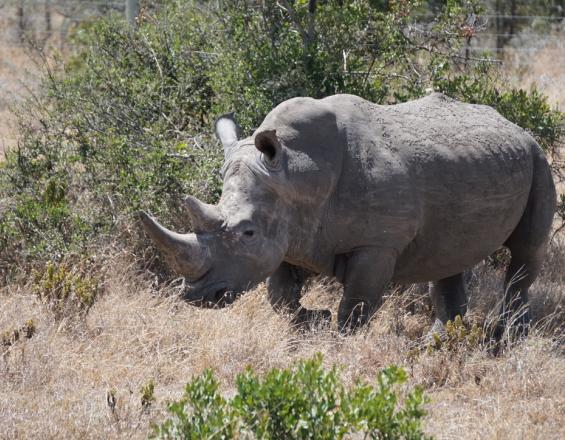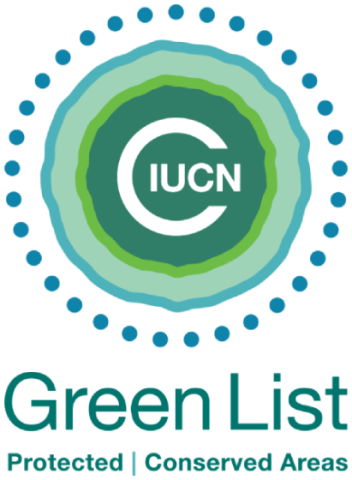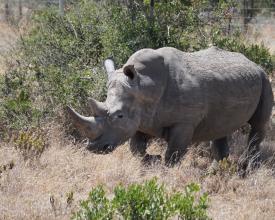

This project challenges the traditional ‘either/or’ approach to conservation to demonstrate the benefits of integrating livestock with wildlife. The initiative aims to demonstrate that cattle can be utilised as a wildlife habitat management tool, thus increasing land productivity and so, by reducing the “opportunity costs” of setting aside land for conservation, offers a model for conservation in areas where wildlife is usually not tolerated.
Context
Challenges addressed
Location
Impacts
• Local communities are often pastoralists for whom livestock provides a livelihood. By demonstrating that the profitable keeping of livestock does not necessarily need to come at the expense of wildlife, it has been possible to showcase a model for land management that is more productive (livestock production and tourism) and ecologically sustainable • Since this model was implemented significant increases in species populations, such as the black rhino, have been noted in the Conservancy, with numbers increasing from 20 in 1993 to 101 in 2013, making it the largest black rhino population in East Africa and one of only 8 in Africa with a population of over 100. The success of the black rhino population is replicated across both prey and predator species with Ol Pejeta now holding some of the highest predator densities recorded in East Africa • An agreement has been signed with a neighboring ranch which will provide a further 20,000 acres for conservation land based upon the fact that the owner does not have to remove his cattle enterprise to “make room” for wildlife, otherwise this land would not have been made available for conservation



